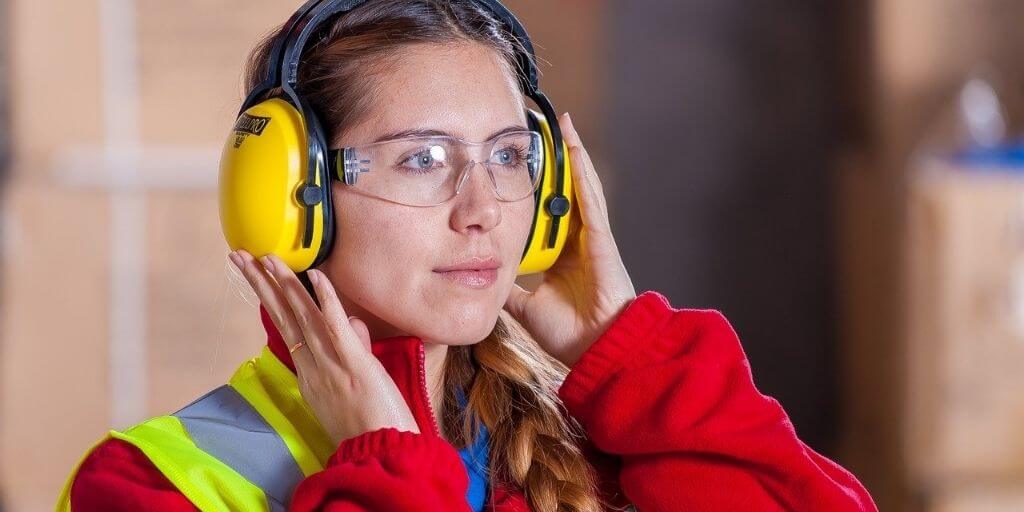When Governor Cuomo originally signed the New York HERO Act into law, he indicated he expected the Legislature to make changes before the effective date to address concerns from the business community. On June 11, 2021, he approved the anticipated NY HERO Act amendments. While still creating new employee rights and employer obligations, the amendments provide some relief from originally overbroad legislation.
(Click here for a detailed analysis of the original legislation.)
We’ll look at the changes to the two distinct subjects of the NY HERO Act in turn.
Airborne Infectious Disease Exposure Prevention Plans
The NY HERO Act amendments include clarifications regarding the airborne infectious disease exposure prevention plans that employers must adopt.
Covered “Work Sites”
As amended, the law will take a more narrow view of what constitutes a “work site” where companies must police safety measures during a disease outbreak. The previous definition–“any physical space, including a vehicle, that has been designated as the location where work is performed”–is now limited by the phrase “over which an employer has the ability to exercise control.”
There is also a new (redundant?) proviso that “[t]he term shall not include a telecommuting or telework site unless the employer has the ability to exercise control of such site.”
Model Plans
The original legislation required the NYS Departments of Labor and Health to create model airborne infectious disease exposure prevention standards by industry. Some new wording expands on that requirement. It indicates that different standards may exist among “industries representing a significant portion of the workforce, or those with unique characteristics requiring distinct standards. . . .” The amendments also require “a general model airborne infectious disease exposure prevention standard applicable to all worksites not included in the specific industry standards.”
Implementation
The amendments expressly address important timing issues. The model standards are due by July 5, 2021, from the State. But employers will not have to implement them immediately. Instead, they will have 30 days after the applicable standard is available.
Once a company adopts the model plan (or its own version), it will have 30 days to provide a copy to every employee. Employers must also provide the plan to new hires at the beginning of employment.
Litigation and Penalties
The NY HERO Act amendments reduce the potential penalties for violations of the airborne infectious disease exposure prevention requirements. They also now require employees to give their employer notice of potential violations before commencing a lawsuit. In most cases, the employer will have 30 days to cure the alleged deficiency.
Workplace Safety Committees
The second component of the NY HERO Act gives employees a new right to form workplace safety committees that employers must recognize. The amendments prevent a broad interpretation that may have enabled workplace safety committees to control issues beyond health and safety.
Authorized Role
In addition to workplace health and safety tasks, the original NY HERO Act legislation would have permitted workplace safety committees to review any policy required by the New York Labor Law or Workers’ Compensation Law, without regard for whether the policy had anything to do with health or safety. This provision seemingly would have included vacation policies, sexual harassment policies, and paid family leave policies, among others. However, as amended, the law now limits the review to policies “relating to occupational safety and health.” It still remains to be seen, however, what that phrase will mean to the Department of Labor.
Multiple Worksites
In one respect the amendments potentially add more confusion than they do clarification. New language says that employers need only permit one workplace safety committee per worksite. This addition suggests that there may be multiple committees spread across worksites. Yet, “worksite” is not defined for this portion of the NY HERO Act. The definition in the airborne infectious disease exposure prevention section of the law doesn’t technically apply to the workplace safety committee section. And that definition probably wouldn’t be very helpful anyway. It suggests, for example, that each vehicle owned or controlled by the employer is a “work site.”
Quarterly Meetings
The law provides that workplace safety committees may meet at least once per quarter during work hours, presumably meaning with pay. In an apparent attempt to prevent abuses, the amendments say that the meetings “shall last no longer than two hours.”
The question remains, are the committees, therefore, only permitted to meet for two hours per quarter? Or multiple times per quarter, as long as no meetings last more than two hours?
Training
There’s also a new time limit on required training. The original legislation provided that committee “designees” could attend training “on the function of worker safety committees, rights established under this section, and an introduction to occupational safety and health” “without suffering a loss of pay.” The NY HERO Act amendments limit the training to four hours.
Many Unanswered Questions
Employers still can’t do much to begin complying with the NY HERO Act until the State issues model standards and additional regulatory guidance. But they must be prepared to act quickly when more information becomes available. The airborne infectious disease exposure prevention plan may need to be in place by early August. And employees can start workplace safety committees beginning November 1, 2021.
We’ll be presenting a complimentary webinar once the model airborne infectious disease exposure prevention standards are available. Register for our email newsletter to receive the webinar announcement and other updates regarding the New York HERO Act.


